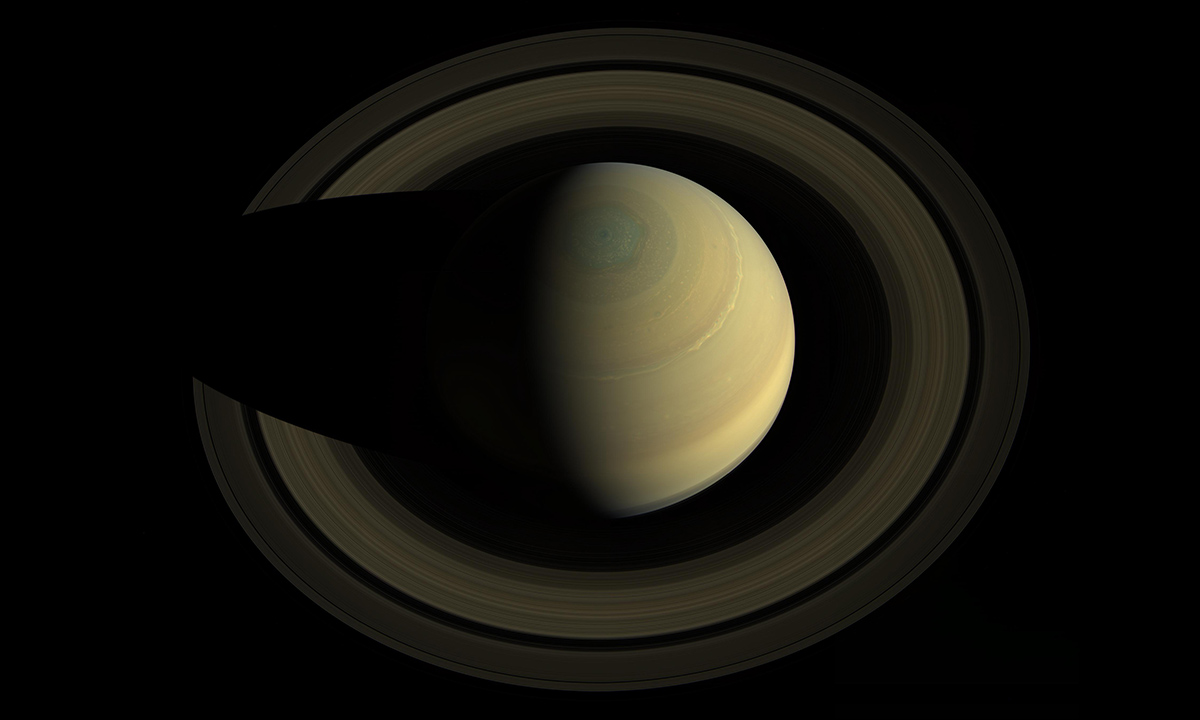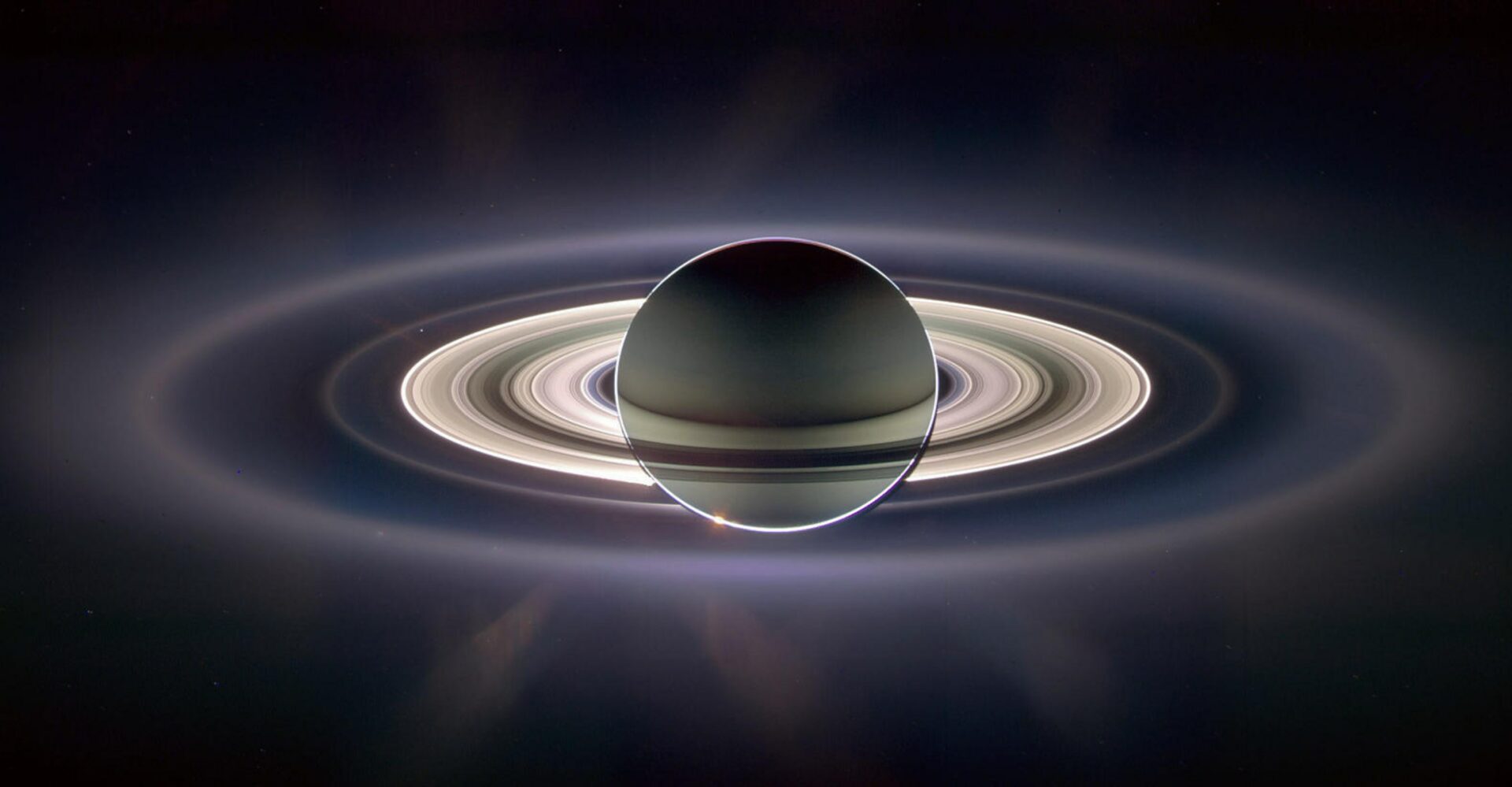The Cassini space probe burned up in Saturn’s atmosphere a few years ago, but its data is still being analyzed. Researchers have now completed a catalog of data on the closure of the Sun by Saturn’s rings. The particles in the rings block some of the sunlight, which gives scientists a whole set of valuable scientific information.

With these observations, it is possible to estimate the size of the particles forming the rings, measure their density and evaluate the features of these impressive structures. The crucial measurement is called optical depth. During occultation, light from the Sun is scattered or absorbed by particles in the rings. The amount of light is a direct measurement of the optical depth. Researchers consider these data crucial in order to find out where the rings known throughout the Solar System originate from.
“For almost two decades, NASA’s Cassini spacecraft has been sharing wonderful photos of Saturn, its family of icy moons and characteristic rings. But we still don’t know the origin of these rings at all. Hypotheses indicate that the rings are relatively young and could have formed as a result of the destruction of an icy moon or comet. However, in order to confirm any theory of origin, we need to have a good idea of the size of the particles forming Saturn’s rings,” explained lead author Dr. Stephanie Jarmak from the SwRI Department of Space Science.

“Given the wavelength of light coming from the Sun, these observations allowed us to study the smallest particle sizes of Saturn’s rings,” Jarmak said.
A group of researchers admitted that the rings were formed as a result of the destruction of the icy moon. The explanation could also explain another Saturn mystery related to Neptune. Cassini recorded the darkening of the stars, as well as the darkening of the Sun. Both sets are consistent with each other and provide important information about the properties of particles in the rings. This data may help in the future to test this hypothesis in subsequent space missions.
According to Science Direct
Follow us on Twitter to get the most interesting space news in time
https://twitter.com/ust_magazine

